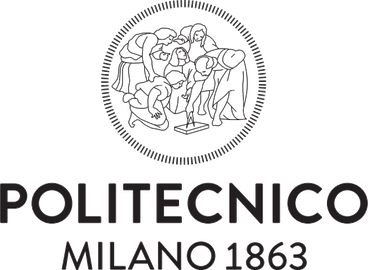Politecnico di Milano , TECH BUS: TOWARDS AN ASSISTED AND CONNECTED URBAN MOBILITY
Comune di Milano, ATM and Politecnico di Milano, together with Vodafone and IBM, announce TECH BUS, the first trolleybus developed through an innovative mobility research project that implements hybrid cloud technologies connected to the 5G network for assisted driving. This is the first step in the path to autonomous driving, with the aim of contributing to the regularity and safety of local public transport.
TECH BUS is one of the first results of JRL, the Joint Research Lab for urban mobility: a research initiative for Milan that intends to experiment a connected, electric and semi-autonomous model of mobility thanks to the joint work of a series of leading players in research, technology and transport, aiming to improve the integration and safety of the travels of citizens and city visitors. In addition to Comune di Milano, ATM, Politecnico di Milano, IBM and Vodafone, the JRL also includes Fondazione Politecnico di Milano, Camera di commercio di Milano Monza Brianza Lodi, Brembo, Enel X, Pirelli, Solaris Bus & Coach and STMicroelectronics.
The first innovative TECH BUS is a trolleybus of the ATM fleet operating on the Line 90/91: the on-board smart sensors use V2I (Vehicle to Infrastructure) communication to allow the vehicle to interact constantly along the route with traffic lights and road infrastructure, helping to create an ecosystem of cooperative mobility in which technologies allow to improve road safety, laying the groundwork for the autonomous driving new frontier.
A team of researchers, engineers and technicians at JRL have installed on the ATM trolleybus sophisticated instrumentation that allows, thanks to the Vodafone 5G network and IBM Application Interfaces, the dialogue and continuous exchange of information between the vehicle and the road infrastructure. In this first phase of the project, the objective is to optimize mobility processes to assist the driver in the management of traffic lights and intersections, to improve the regularity and frequency of vehicle circulation.
Devices for data storage and connection with the trolleybus will also be installed on lampposts, traffic lights and bus stops. At this stage, IBM and the Politecnico have simulated the information flow which, provided to the driver, will support safe driving thanks to increased visibility, and anticipating any criticalities.
Mobility is a key sector for the development and growth of the cities and their local areas, just at the intersection between cutting-edge technology and precision services. Some of the great challenges of the future will be played out here. Milan, like other cities in the world, becomes the scene of an experiment that combines the university’s skills with the technologies made available by some large companies, with which the Politecnico di Milano has been working in synergy for some time. This is a project that wants to focus on technologies for a sustainable and safe mobility
says Ferruccio Resta, Rector of the Politecnico di Milano.

